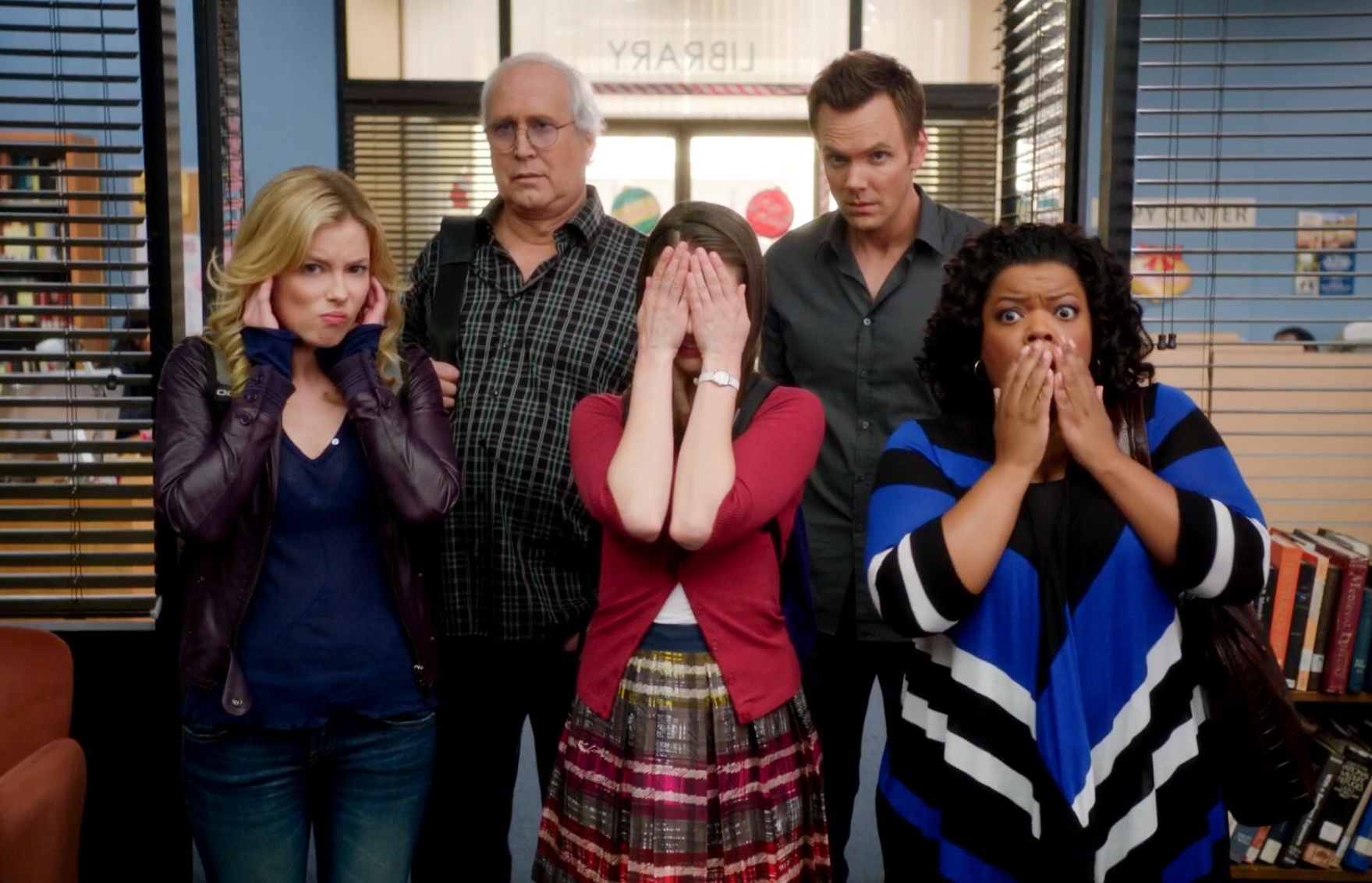

It's hard to believe that the script was written by six people, one of them being Gene Wilder, because the plot made sense but also was one I liked and I'd thought that the film would go to lengths and beyond to become highly amusing and a total laugh-fest. There is an appearance by Joan Severance who went on to carve a name for herself in softcore porn flicks. From slapstick, improvisation work to sight gags, these would have further enhanced the viewing experience and made it more enjoyable. See No Evil, Hear No Evil would have been an ideal film to utilise physical and visual comedy. The only scene that made me smile was when Pryor's blind character stuck a melting ice cream cone on Wilder's hard-of-hearing character's head. One would think by having a deaf guy and blind guy there will be lots of silly jokes and humour, but no. The jokes and humour fall on deaf ears (no pun intended), as it is neither funny and amusing enough as it ought to be. Finding themselves as suspects, both Wally and Dave track down the woman who set them up, as well as to clear their names. Store owner Dave, who is hard of hearing and Wally, who is visually impaired and can't see a thing, form an unlikely friendship, after a man is murdered in front of the counter.

Instead, in sitting through this film, I sensed how terrible it was and is, from a comedy aspect and speaking as a fan of comedy movies myself, what some people saw as funny in 'See No Evil', that humour and comedy were absent throughout. It’s sad to measure a deaf person’s success and ability by the way they can imitate a hearing person.Richard Pryor and Gene Wilder's third outing after Silver Streak and Stir Crazy, See No Evil, Hear No Evil is a so-called comedy from 1989 with an inventive idea, and yet, unfortunately, its execution ought to have been a whole lot funnier and better. Where were all her deaf friends? Why do they always feature one deaf person, surrounded by hearing people?”įrelich, who played the role of a Gallaudet actress in the film, said she was insulted with all the attention given the the fact that Matlin, who is hearing impaired, spoke in the film.
#SEE NO EVIL HEAR NO EVIL CAST MOVIE#
He used as an example the recent CBS-TV movie “Bridge to Silence,” about a deaf mother, played by Marlee Matlin, who struggled for the custody of her daughter: “All the main characters in it were hearing.
#SEE NO EVIL HEAR NO EVIL CAST DRIVER#
“As a struggling actor,” said Bob Daniels, who is deaf, “I find that the worst problem is with producers who want ‘deaf stories.’ Why can’t a deaf person play the part of a taxi driver or a maid? It should be no big deal.” Deaf actors, for example, don’t want always to be cast in movies with plots pertaining to their deafness. Still, other issues for the deaf in films remain. Schuchman said that before “Mom and Dad,” 33% of all deaf parts were played by deaf actors compared to 78% now. The part was eventually given to a hearing actress, Rosanna Arquette, but the case became a focus of protest for deaf actors. That year Audree Norton, who is deaf, unsuccessfully sought the part of a deaf mother in the “ABC Afterschool Special: Mom and Dad Can’t Hear Me.”

However, a turning point for the entertainment industry in general, and the deaf community in particular, came in 1979, Schuchman said. A 1985 NBC-TV movie, “Love Is Never Silent,” which was co-produced by a deaf woman, Julianna Fjeld, and starred Frelich and deaf actor Ed Waterstreet, received an Emmy for best drama of the year. John Schuchman, a history professor at Gallaudet University, a college for the deaf in Washington, who led the discussion, said the ultimate breakthrough in the way deaf people are portrayed on film will be when more deaf people move behind the camera and do the producing, directing, writing and technical advising.


 0 kommentar(er)
0 kommentar(er)
